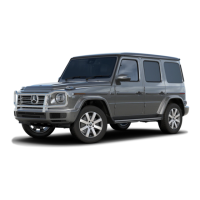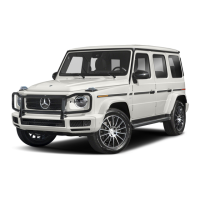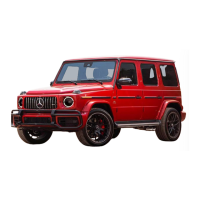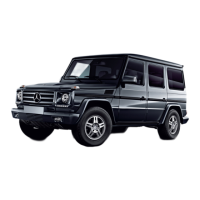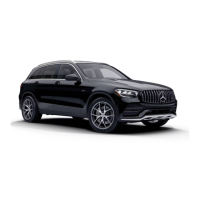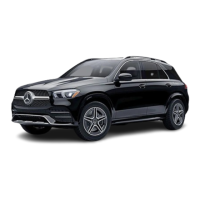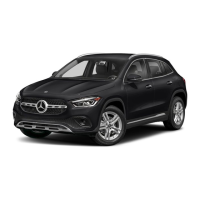Notes on vehicles without automatic front
passeng
er airbag shuto
Vehicles without automatic front passenger airbag
shut
o have a special sticker axed to the side of
the cockpit on the front passenger side
(/ page 54).
Make sure you observe the following information:
R
Never t a rearward-facing child restraint sys-
tem to the front passenger seat
R
Always t a rearward-facing child restraint sys-
tem to a suitable rear seat
R
Notes on rearward-facing and forward-facing
child restraint systems on the front passenger
seat (/ page 54)
Suitable child restraint systems for the transport
of c
hildren
Information on the advantage of a rearward-facing
c
hild restraint system
Transport a baby in a suitable rearward-facing
c
hild restraint system only. It is also preferable to
transport a small child in a suitable rearward-
facing child restraint system. In this case, the
c
hild sits in the opposite direction to the direction
of travel and faces backwards.
Babies and small children have comparatively
weak neck muscles in relation to the size and
weight of their head. The risk of injury to the cer-
vical spine during an accident can be reduced in a
rearward-facing child restraint system.
Approval categories for child restraint systems
Only child restraint systems that meet the follow-
ing UNECE s
tandards are permitted for use in the
vehicle:
R
UN-R44
R
UN-R129
Identication on the child restraint system
The following information, e.g., is available on the
approval label on the child restraint system:
R
Approval category
R
Child weight group
R
Authorisation number
R
Child restraint size class
Approval categories in accordance with UN-R44
Example of an approval label
R
U
niversal: child restraint systems in the "Uni-
versal" category are approved for installation
in vehicles. They can be used, in accordance
with overviews of the suitability of seats for
securing child restraint systems, on seats
labelled U, UF or IUF.
Safely transporting children in the vehicle
57
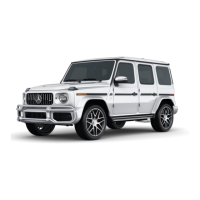
